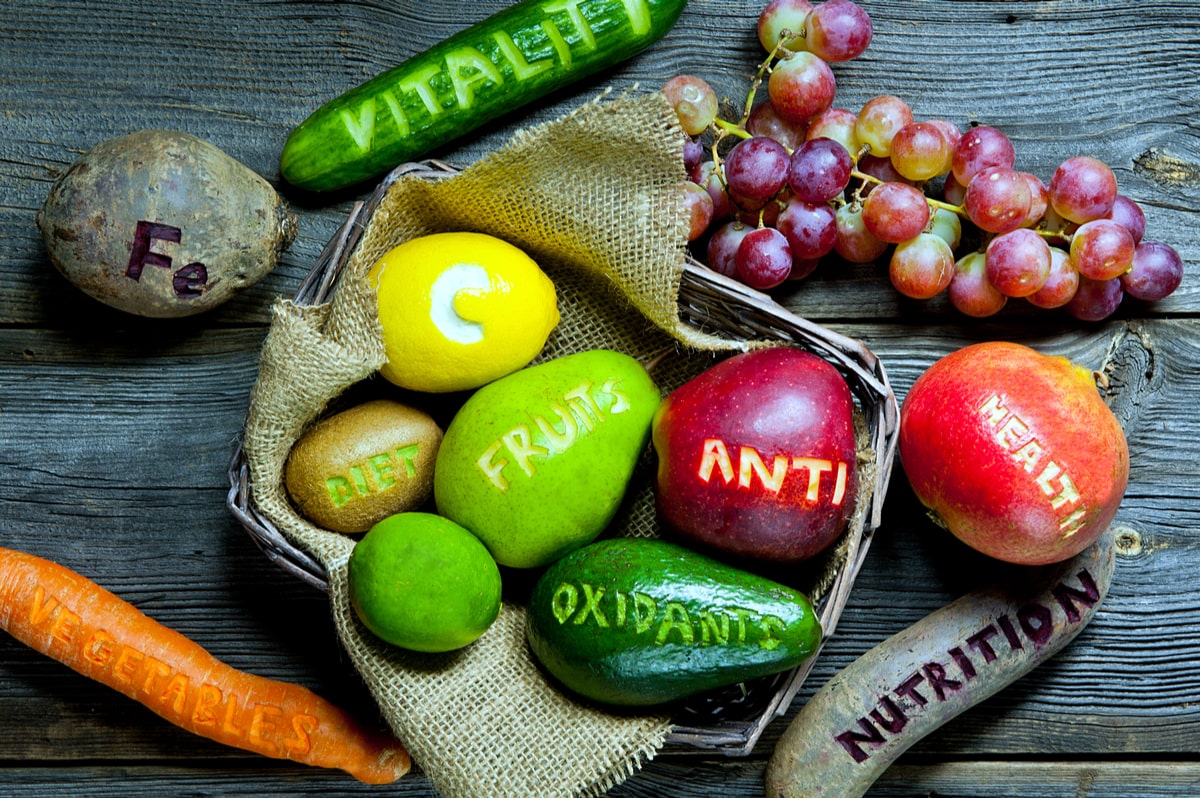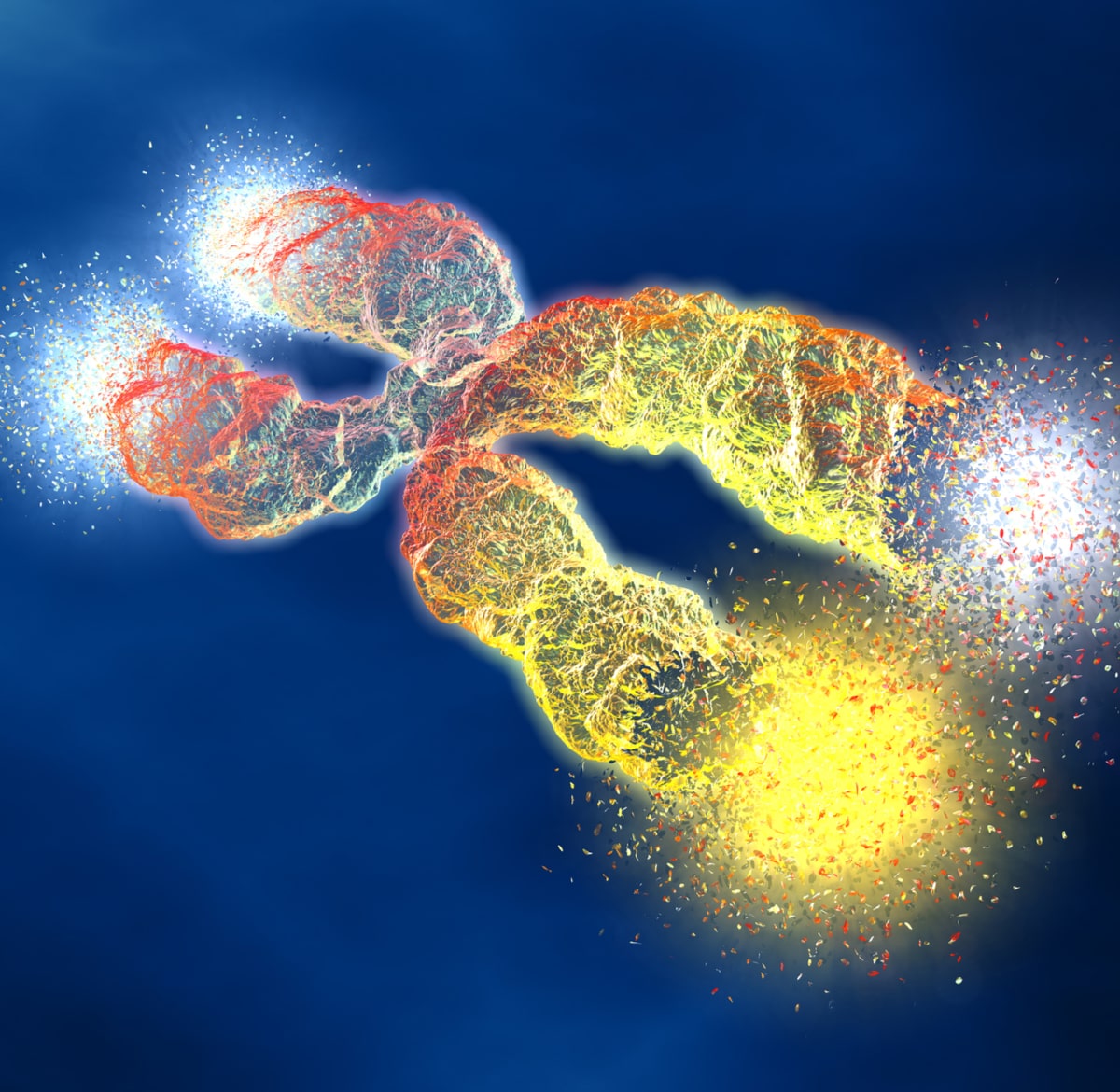Antioxidants and free radicals: How Enemies Have Become Friends
Antioxidant means antioxygen. Our life is full of paradoxes: we cannot live without oxygen. But it is the oxygen that launches the oxidation processes, which leads to destroying cells and finally to aging and death.

How Did the Standoff Begin?
People have early detected that air has a destructive effect. At first, no one has related this phenomenon and the impact of oxygen to health issues. It was just noted that iron gets rusty, wine sours, and fats become yellow and rancid. The solution for inanimate objects was pretty simple: restrict exposure to air, and that’s all.
During the XIX century, after the development of colonial trade, scientists have focused on searching for substances that could prevent oxidation and food spoilage during long transportation. They were looking for food preservatives. And they have finally concluded that these should be antioxidants — substances which neutralize too active oxidation.
Since ancient times people have used vinegar and olive oil as preservatives. This is where the scientists tried to find “that very substance.” During the early 30s of the last century, they have discovered and started to produce ascorbic acid (Vitamin C) and later, by the middle of the century — Vitamin E. These were the first antioxidants.
During the year 1970, Linus Pauling, the winner of the Nobel Prize in Chemistry, has published a report “Vitamin C and Evolution” where he has explained that a human being (as he cannot live without oxygen) needs substances which would take the hit from active oxygen.
In the same year, the American gerontologist Denham Harman has published a series of reports on his experiments with mice. It turned out that if they are fed with food preservatives, the average life expectancy increases.
This is how the free-radical theory of aging has started, which launched studies of antioxidants in medicine.
Theories of Ageing
Active forms of oxygen cannot exist by themselves: they are continuously interacting with something, breaking other molecular bonds. This results in the creation of free radicals, which also search for a place to become a part of. In fact, this is one of the strongest immune mechanisms: free radicals stick to microbes, which entered into the human body and destroy them. But if there are too many free radicals, they start to destroy the body’s own cells. This is precisely how the aging process works, according to the research “Impact of Antioxidants on Cardiolipin Oxidation in Liposomes: Why Mitochondrial Cardiolipin Serves as an Apoptotic Signal?”
This is why, in the beginning, Harman has titled his theory as the “free radical theory.” According to this theory, the antioxidants coming from food could become a cure- it-all solution as they bond free radicals and get excreted from the body. Alternatively, they would slow down the activity of radicals, which would keep the cells eternally young.
However, soon it turned out that everything has its limits and that it is impossible to prolong life to eternity with the help of antioxidants. According to the research “Oxidative Stress: Harms and Benefits for Human Health”, the active oxygen is accumulated in the human body even if the human lives in an ideal ecological environment. This can become the cause of developing cancer, diabetes, atherosclerosis, and cardiovascular diseases.
Harman has expressed an idea that mitochondria (a power center of a live cell) launch the oxidation process by themselves. The pill of Vitamin C and Vitamin E can fight off free radicals coming to the human body from the environment, but they can do nothing about those produced in mitochondria.
This is how the mitochondrial theory of aging has started (and it remains a leading one in gerontology) while the humanity of looking for new types of antioxidants.
Classification of Antioxidants

So far, antioxidants were classified into two big groups: endogenous (produced by the human body) and exogenous (which we receive from food, food additives, or cosmetics).
The primary source of endogenous antioxidants is plants. The research “Natural Antioxidants in Foods and Medicinal Plants: Extraction, Assessment and Resources” sets aside the following main ones:
- vitamins: С, Е,
- carotenoids: beta-carotene, lutein, lycopene, zeaxanthin, neoxanthin
- Polyphenols: phenolic acids, flavonoids, anthocyanins, tannins and stilbenes
We can receive exogenous antioxidants following the recommendation of the WHO to take 5 servings of vegetables and fruits per day. Polyphenols are contained in any vegetables and fruits as well as in tea, coffee and red wine.
Exogenous antioxidants help fight off external threats (bad ecology, sun radiation, smoking), but they cannot help with mitochondrial oxidation. Therefore, scientists started to look for ways to make the human body produce endogenous antioxidants “on request.” This is how the search for pro-antioxidants, that is, substances which could stimulate the production of endogenous antioxidants, has begun. And according to the latest researches, compiled in the report “The antioxidants and pro-antioxidants network: an overview”, there are lots of discoveries to make in this field.
What do Prooxidants Do?
Prooxidants act oppositely compared to antioxidants. Instead of neutralizing free radicals, they contribute to their formation.
They do so by “stealing” electrons from cells of our body, which makes them unstable. This creates a vicious chain reaction: the cell deprived of an electron does the same to a cell next to it to restore its own stability. This leads to damaging cells and their DNA.
And here, the paradox begins: prooxidants turn out to be useful for our health. The research “Oxidative Stress, Prooxidants, and Antioxidants: The Interplay” has shown that the immune system increases their output to kill pathogens in the human body. Phagocytic cells increase oxygen intake by 20 times to generate more active forms of oxygen (free radicals) to kill viruses and bacteria. The prooxidants target not all cells, but only those which are less stable that is sick and irregular. As a result, they make them self-destruct. Thus the enemy has become a friend!
Besides, prooxidants can interact with antioxidants. For example, the research “Hydroxycobalamin catalyzes the oxidation of diethyldithiocarbamate and increases its cytotoxicity independently” has shown that vitamin B12 can transform other natural antioxidants, in particular, Vitamin C and substances belonging to tein group (caffeine), into prooxidants.
Where to Look for Prooxidants
Among generally available prooxidants, one can mention:
- vitamins: В3, В6, В12, contained in sardines, Atlantic mackerel, salmon, cottage cheese and eggs.
- Omega-3 fatty acids which can be found in cod liver, anchovy, linseed oil, nuts or food additives.
- Amino acids: taurine, L-arginine, N-acetylcysteine, glycine, which can be found in turkey, chicken, seeds of sunflower and pumpkin, sesame, rough rice, Brussels sprouts.
The researchers are closely studying the prooxidant role of minerals, including zinc, copper, and iron, but clinical research is not complete yet, and it is still too early to make conclusions. The science continues to advance, and since we already can neutralize harmful radicals and transform harmful components into useful ones, we have grounds for optimism in the future. Who knows, maybe they will soon find the longevity pill?
Learn more about FACTS
What to learn more? Read here:





